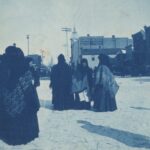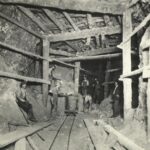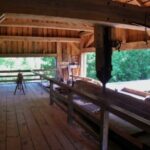Pleasant Ridge was a rural agricultural community located near present-day Beetown in central Grant County that was founded in 1850 by formerly enslaved African Americans. Pleasant Ridge is unique in that it was one of the first fully racially integrated communities in Wisconsin. The Sheppard family (Charles and Caroline Sheppard, their three children Harriet, John, and Mary, along with Charles’ brother Isaac and his future wife Sarah Brown) moved from Virginia to Grant County in 1848 after they were granted their freedom in the will of their deceased owner, Sarah Edmonds of Fauquier County, Virginia. The Sheppards traveled to Wisconsin with William Horner, Edmonds’ nephew, who planned to enter the lead mining industry that southwest Wisconsin had become known for. While his lead mining efforts were unsuccessful, Horner liked Wisconsin and decided to purchase over 1,000 acres of land to farm in Grant County. The Sheppards worked for Horner on his land for two years until Charles and Isaac had saved enough money to purchase 200 acres of nearby land from Horner for $1.50 an acre. The brothers named their land “Pleasant Ridge”, and it would soon become a refuge for formerly enslaved people and an early example of an integrated community. Recently freed slaves from southwest Wisconsin, as well as others escaping enslavement in Tennessee, Missouri, and Arkansas, moved to Pleasant Ridge in the following decades. These settlers were drawn to Pleasant Ridge by the land, economic opportunities of lead and farming, and the ability to live a more free life.
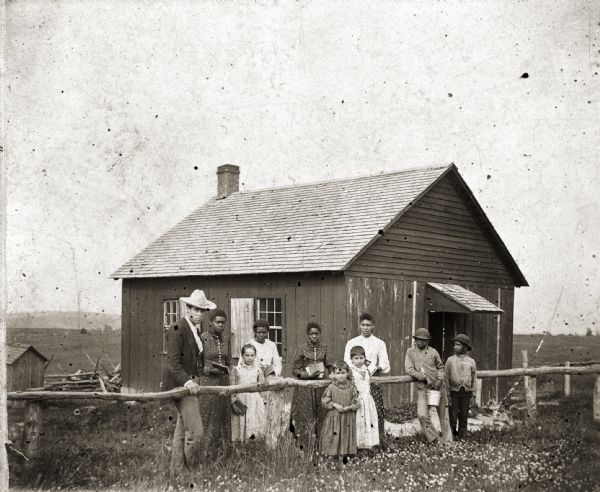
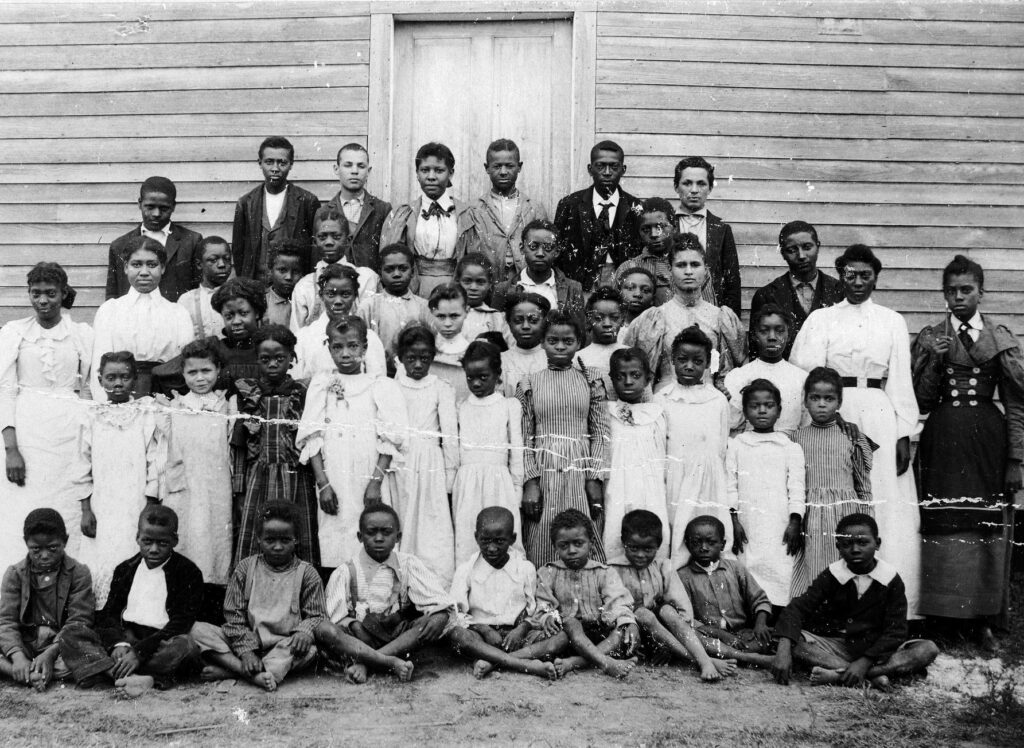
Although slavery was illegal in Wisconsin under the Northwest Ordinance of 1787, the law was often loosely enforced. This allowed wealthy mining speculators from Southern slave states, such as John Rountree, Henry Dodge, and George W. Jones, to bring their slaves with them to work in the mining industry during the lead boom of 1827 to 1849. By 1840, the slaves in the region were freed through a combination of different means. Some sued for their freedom, some bought their freedom, and others were given their freedom through manumission (granted freedom by the slaveholder). While some of these formerly enslaved people moved out of southwest Wisconsin, some stayed and settled at Pleasant Ridge. One example of this is America Jenkins. America Jenkins arrived in Wisconsin in 1831 as the slave of George W. Jones, and she worked in Sinsinawa, a small community in southwestern Grant County. Jenkins was freed by Jones in 1838, after which she worked as a servant in the home of Joel Barber in Lancaster, and later lived in Pleasant Ridge. Others who later moved to Pleasant Ridge previously had worked in lead-related industries.
The Civil War had a profound impact on the development of the Pleasant Ridge community. While the war brought in more free African Americans to find refuge at the settlement, some members of the community lost their lives as members of the Union Army. Charles Sheppard, his sixteen-year-old son John, Thomas Greene, and Thomas Grimes all enlisted in the Union Army in 1863 once restrictions on African American service were lifted. Unfortunately, Charles Sheppard died during the Siege of Vicksburg, and John Sheppard died of disease after the war in Cairo, Illinois on his way back to Pleasant Ridge. However, Pleasant Ridge continued to emerge as a growing community. Over 50 African Americans were joined by German, English, and Irish farmers, leading to a population peak of around 100 residents in the 1870s and 1880s. In 1873, the schoolhouse of District #5, known as the Pleasant Ridge Schoolhouse, served as one of the first integrated schools in the entire nation. The United Brethren Church was built in 1884, and the community hall was built by Thomas Greene in 1898. The hall was the site for community meetings and celebrations, including the annual August barbecue. Additionally, the women of the community founded the Autumn Leaf Society in 1906, which became responsible for organizing dances, dinners, and the care of the community’s cemetery.
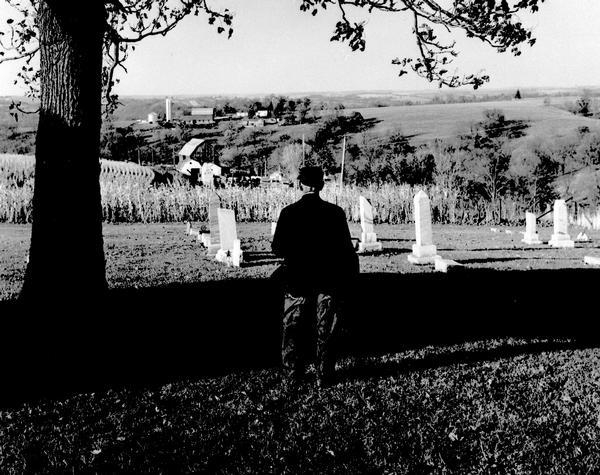
Pleasant Ridge experienced a continued decline in its population during the early 1900s. Faced with limited economic and marriage opportunities, the descendants of the original founders left the community for larger cities. In February 1959, Ollie Green Lewis, a descendant of the Sheppard and Green families and the last African American resident, died at Pleasant Ridge. All that remains of the original Pleasant Ridge is the cemetery and two historical markers. However, a replica of the community has been constructed at Old World Wisconsin in Waukesha County to commemorate its importance to Wisconsin’s history as a refuge for former slaves and an early example of racial integration.
Written by Liam Reinicke, December 2022.
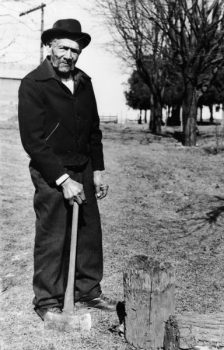
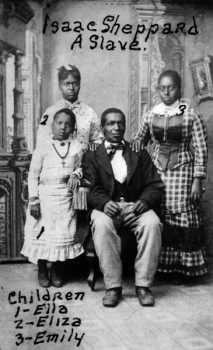
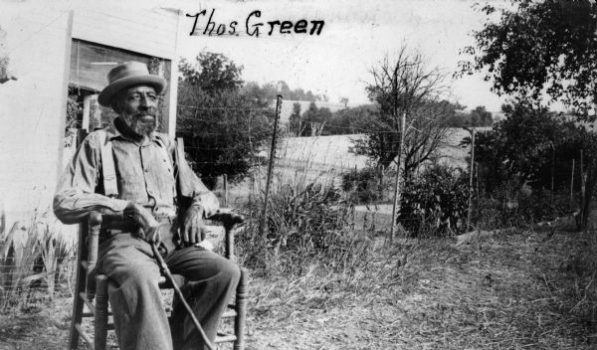
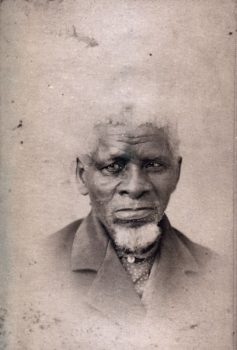
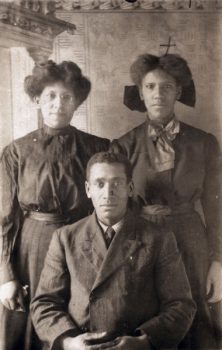
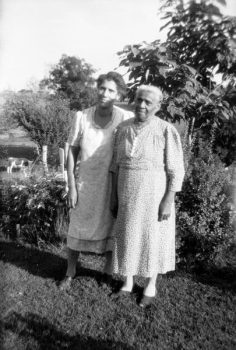
SOURCES
Erik Flesch, (Museum Director of The Mining and Rollo Jamison Museums), in discussion with the author, March 2022.
Grant County Historical Society, “Pleasant Ridge: A Refuge for Former Slaves,” https://grantcountyhistory.org/pleasant-ridge-a-refuge-for-former-slaves/
Castello N. Holford, History of Grant County Wisconsin. Marceline, Missouri: Walsworth Pub. Co., Inc.
The Mining and Rollo Jamison Museums, “Mission, Vision, History & Governance.” https://mining.jamison.museum/history/
The Mining and Rollo Jamison Museums, “Virtual Fieldtrip,” 2021. https://mining.jamison.museum/virtual-school-field-trip.
The Mining and Rollo Jamison Museums, “Wisconsin Lead and Zinc Mining History,” 2022. https://mining.jamison.museum/wisconsin-lead-zinc-mining-history/
Eugene R.H. Tesdahl, “Lead, Slavery, and Black Personhood in Wisconsin,” The Wisconsin Magazine of History 102(4), Summer 2019, 17-27. https://www.jstor.org/stable/26683202
Eugene R.H. Tesdahl, et al. “African American Lead Miners in Wisconsin,” The Mining and Rollo Jamison Museums, Platteville, Wisconsin, online exhibit. https://mining.jamison.museum/african-americans-in-the-lead-mining-district/
University of Wisconsin-Platteville, “History,” Accessed December 2022. https://catalog.uwplatt.edu/undergraduate/about-uwplatteville/history/.
Wisconsin Historical Society, “Pleasant Ridge: A Community of Black Farmers in Wisconsin,” Historical Essay. https://www.wisconsinhistory.org/Records/Article/CS1576.

